When rice plants "breathe" with the climate
On a late spring morning, when the dew was still glistening on the rice stalks that were gradually bending down to close their ears, I walked in the middle of the vast fields, where it seemed like thousands of seasons had passed and the same green color remained. But there was one strange thing: there was no longer any water on the fields. On the grass banks, black plastic pipes were stuck down like “stethoscopes” of the soil. And in the hearts of the farmers, a new belief had just begun to kindle that rice grains could… breathe.
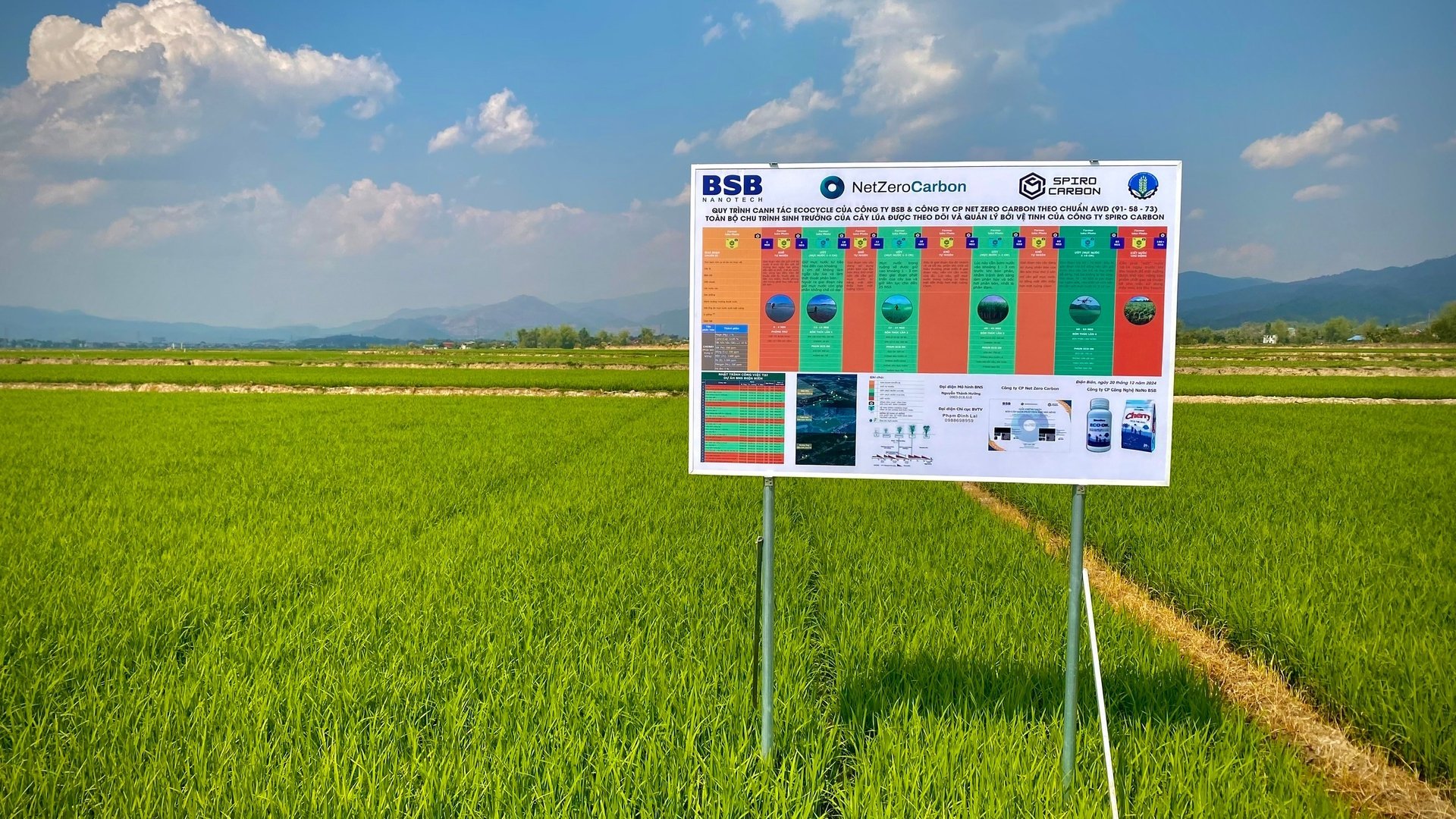
Smart rice fields, reducing greenhouse gas emissions in Thanh Xuong commune, Dien Bien district. Photo: Tu Thanh.
Dien Bien people have long lived on rice. The sweet, sticky rice grains of Muong Thanh fields are not only food, but also a way of life, a memory wrapped up in each harvest season. However, the land also sometimes... sighs. When climate change becomes a harsh reality, when the soil, water, and air environments are all damaged, no matter how delicious the rice grains are, they cannot stand outside of change.
And then, a silent revolution began. Dien Bien Province decided to step out of the “rut” and seek a solution for smart rice cultivation - a new direction full of potential but also full of challenges. There was no roaring sound of machinery, no banners with colorful slogans, only the diligent footsteps of agricultural extension officers, village meetings that lasted until late at night and skeptical questions from the people: “How can rice survive without water?”.
The model was implemented by the Department of Agriculture and Environment of Dien Bien in collaboration with the companies: NetZero Carbon, BSB Nanotech and Spiro Carbon (abbreviated as BNS) in 3 districts of Dien Bien, Muong Ang and Tuan Giao. The total experimental planting area is 86 hectares, of which Dien Bien district implemented 53 hectares, Muong Ang 23 hectares and Tuan Giao 10 hectares.
The biggest difference of the model is the drainage according to the principle of alternate wet and dry (AWD); integrated pest management (IPM) on the basis of integrated plant health management (IPHM). The entire technical process is monitored and managed by satellite. On each field, a water level gauge is installed to monitor soil conditions. The rice plants "breathe", the roots grow stronger, pests and diseases are reduced and most importantly, greenhouse gas emissions are reduced.
Double Benefit Crop
“Growing rice is like surveying a planet,” people say jokingly. But behind the scenes, there is a huge effort. Water measuring pipes are placed in the fields, each plot is equipped with a GPS, irrigation schedules are set based on the growth cycle, and rice varieties are selected uniformly to optimize water regulation.
Mr. Lo Van Bun, an agricultural extension officer of Thanh Xuong commune, shared: “In the past, there was only one crop per year, rice was piled in the fields, the quality was good but the yield was low. Now it is different, new techniques have helped people improve their fields, rice varieties are carefully selected, there is no more burning of straw after harvest but instead using it to make mushrooms, biological bedding, and organic fertilizer.”
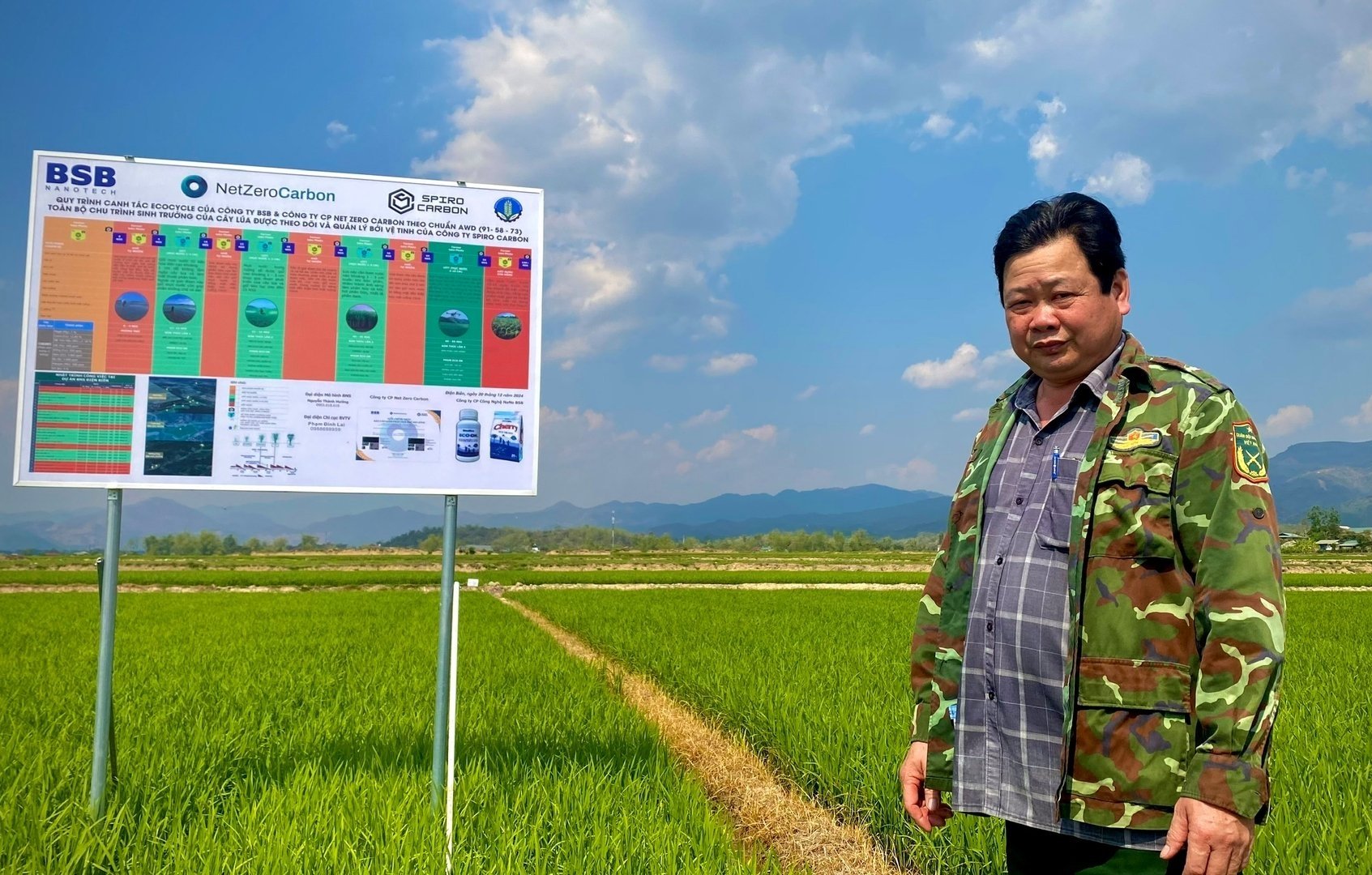
Mr. Lo Van Bun, agricultural extension officer of Thanh Xuong commune, Dien Bien district, Dien Bien province. Photo: Duc Binh.
The selection of rice varieties for each region is carefully calculated to ensure a uniform growth cycle. Irrigation schedules are programmed to match root development and tillering times. Villages such as Cattle Farm 2 and Thanh Xuong Commune Workers' Area were initially hesitant, but after understanding the benefits and receiving specific technical guidance, they agreed to participate.
“After campaigning and propaganda, Thanh Xuong commune has deployed the model to the Livestock 2 village of 15.84 hectares, and the remaining 19.65 hectares in the Workers' area. Regarding the varieties, we agreed with the village to use the same variety in the same area to ensure that the growth and development time must be the same, and related to the issue of water regulation, alternating wet and dry, when water is brought in, the entire area must be irrigated evenly, and when water is drained, all fields in that area must also be drained to ensure the smart rice cultivation process,” Mr. Bun shared.
“The soil needs to breathe. So does rice,” Trieu Tuan Nghia, an officer at the Dien Bien District Agricultural Service Center, gently explained when I asked about the new model. The so-called “smart rice cultivation to reduce greenhouse gas emissions” is essentially a change in the way of watering. Instead of flooding continuously, the fields will now be drained in alternating wet and dry cycles. It sounds simple, but to implement it is a journey of changing thinking and changing generations of farming habits.
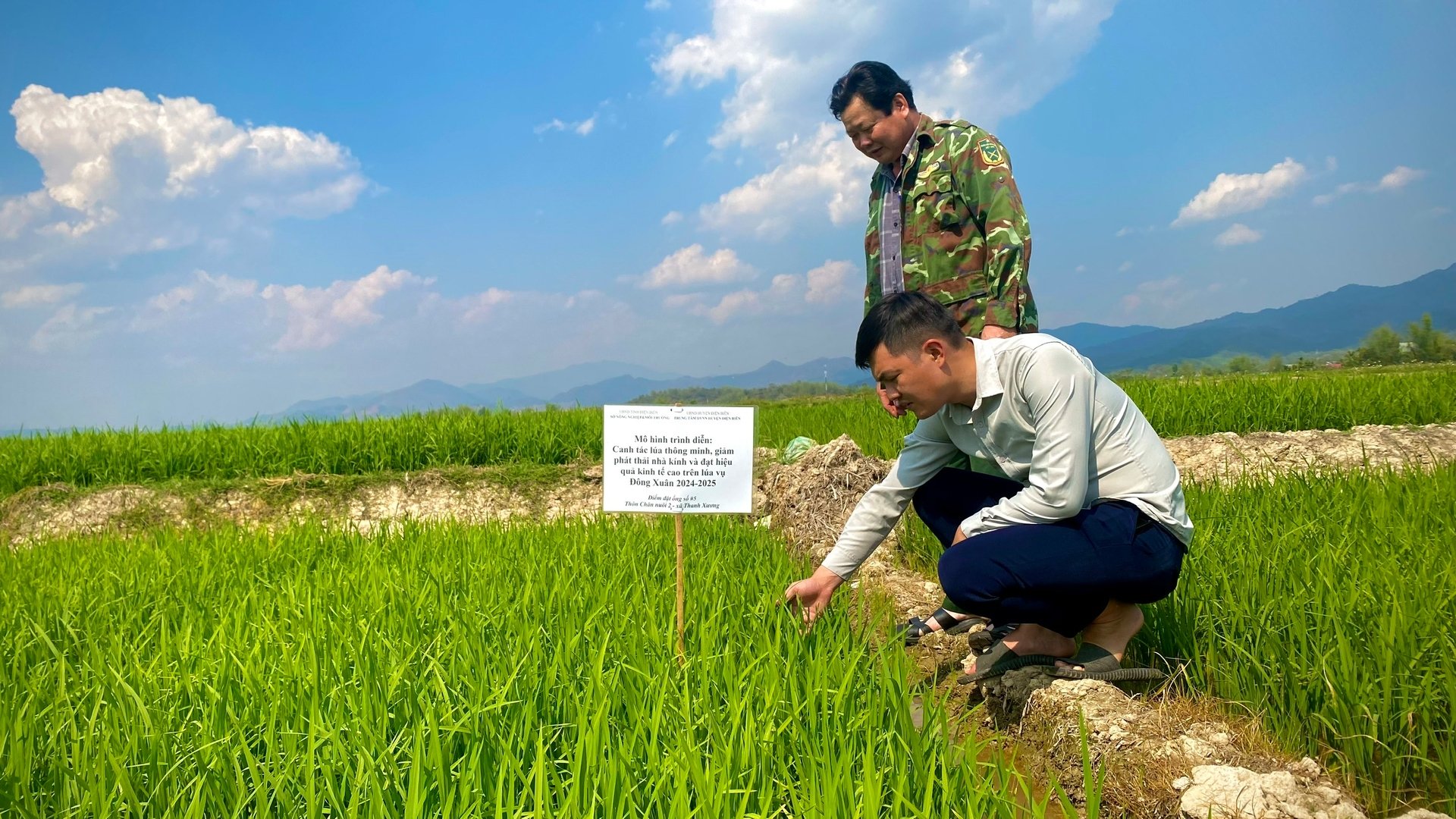
Mr. Trieu Tuan Nghia, an officer of Dien Bien District Agricultural Service Center (sitting) and Thanh Xuong Commune agricultural extension officers inspect the fields. Photo: Tu Thanh.
Mr. Nghia said: “At first, when we tried to persuade people, no one accepted. They kept saying, ‘How can rice survive without water?’ But when I showed them the model, the scientific results, and then committed to technical support, people gradually agreed.”
Technology also “goes with the rice plant” in a spectacular way, the cultivation sites are equipped with water level measuring devices, regularly scheduled photos are taken, and satellite monitoring is used to assess growth and calculate CO₂e emissions. All data is updated in real time into the NetZero Carbon application, preparing for a completely new step: selling carbon credits.
From above, Muong Thanh's lush green rice fields look no different from previous years. But when looking at the numbers, the difference is clear: the amount of methane - a dangerous greenhouse gas produced by flooded rice fields - has decreased by 10%. Production costs have decreased by 30%, while profits have increased by 50%. And the most amazing thing is that for every ton of CO₂e reduced (1 carbon credit equivalent), farmers can sell carbon credits, earning about 20 USD. Well-regulated fields can generate 4-5 credits/ha (about 80 USD), in addition to income from rice.
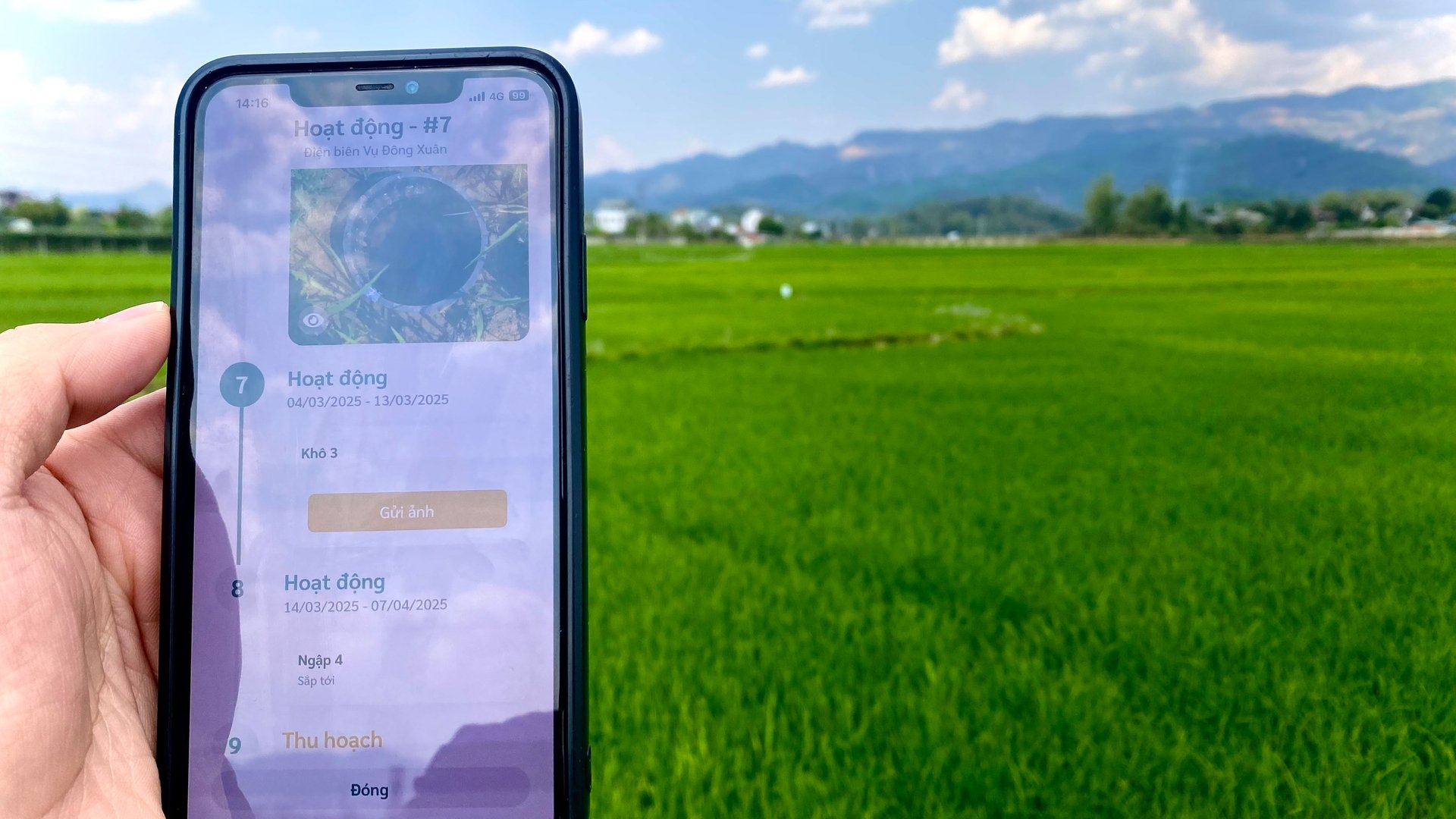
NetZero Carbon application is used to monitor smart rice farming process in Dien Bien. Photo: Duc Binh.
“Our generation has been farming for decades, even almost our whole lives, but only now do we know that growing rice can also… sell air. But the important thing is that the rice plants are still growing well, and the soil is also healthier. Before, there were many pests and diseases, and a lot of pesticides were used, but now it has decreased a lot,” Mr. Lo Van Bun, an agricultural extension officer of Thanh Xuong commune, laughed heartily.
It is those who seem to be the most conservative who deeply understand the change: “In the past, the rice was delicious, the Bac Thom No. 7 variety grown here had a fragrant aroma from the edge of the field, but now the land is tired, the variety is degraded, and chemicals are abused. Now we have to return to taking care of the land, so that the land can nourish us,” said Mr. Bun.
For many people, the rice fields are where memories begin. And for Dien Bien today, the rice fields are also the beginning of a new chapter, where technology does not erase tradition, but cherishes, preserves and makes it more sustainable.
Source: https://nongnghiep.vn/dinh-vi-gia-tri-gao-dien-bien-bai-4-de-lua-duoc-tho-dat-duoc-nghi-d746300.html


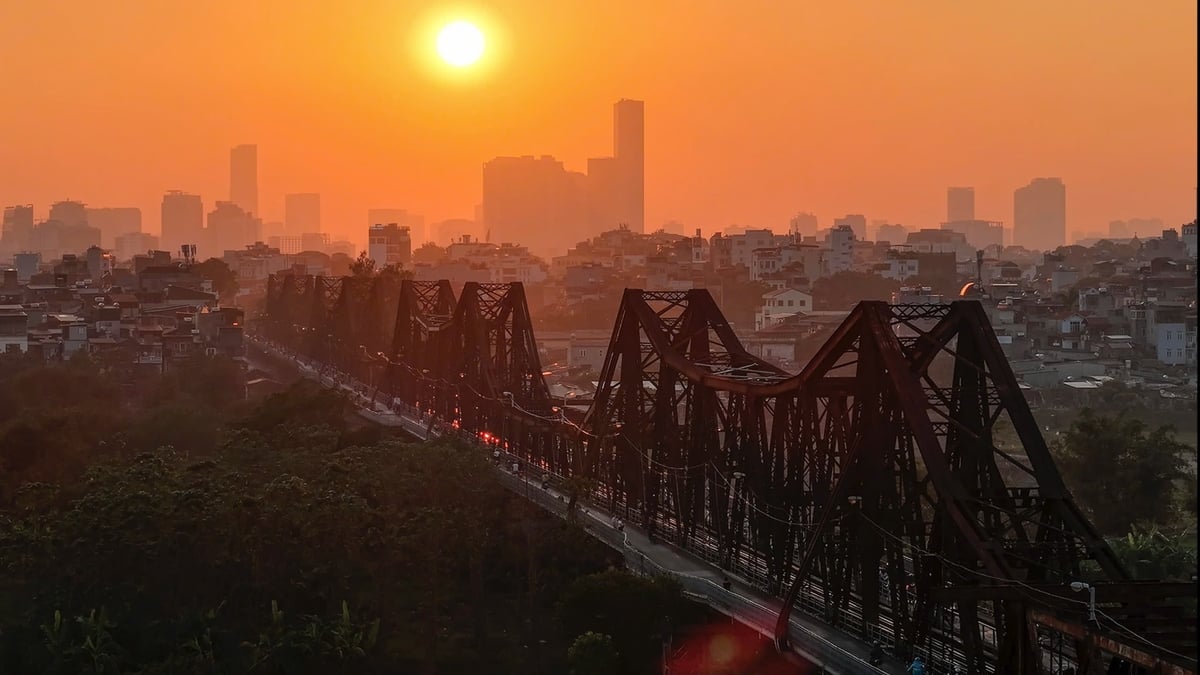
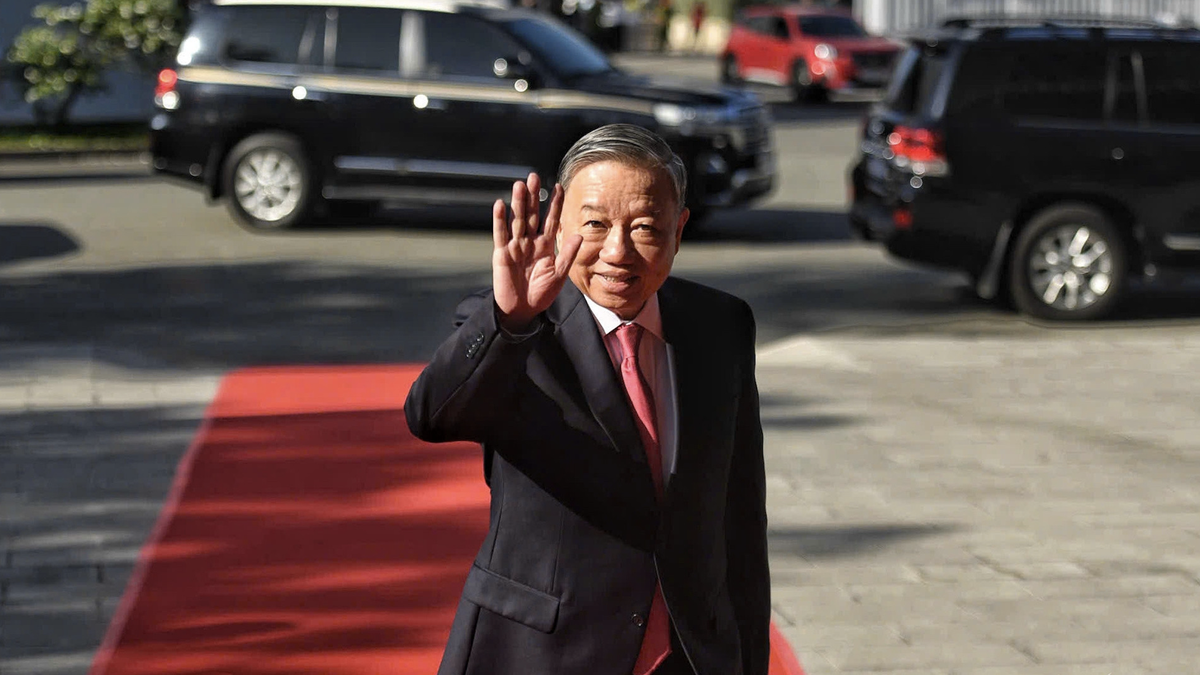
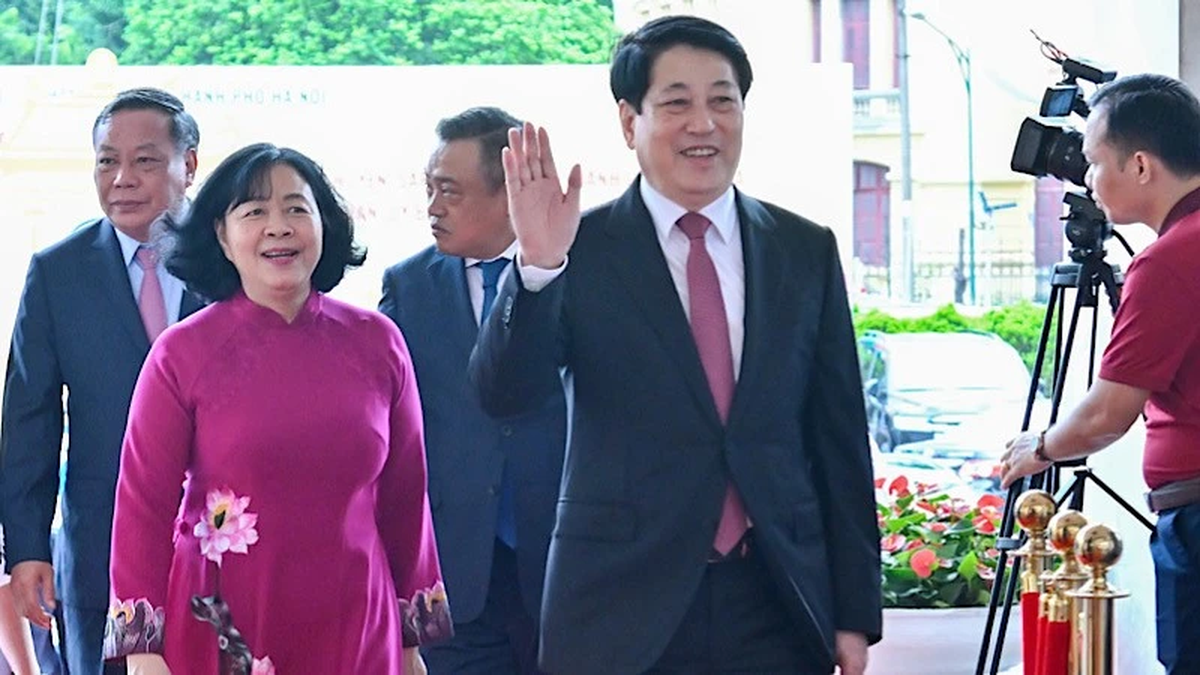
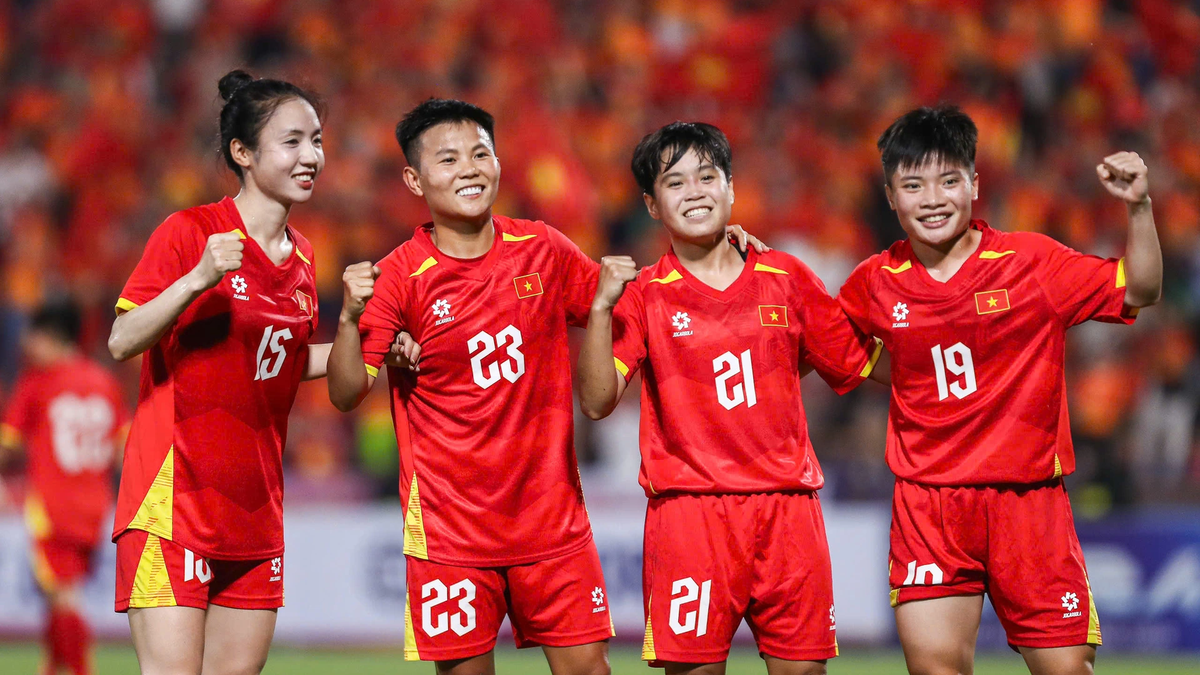
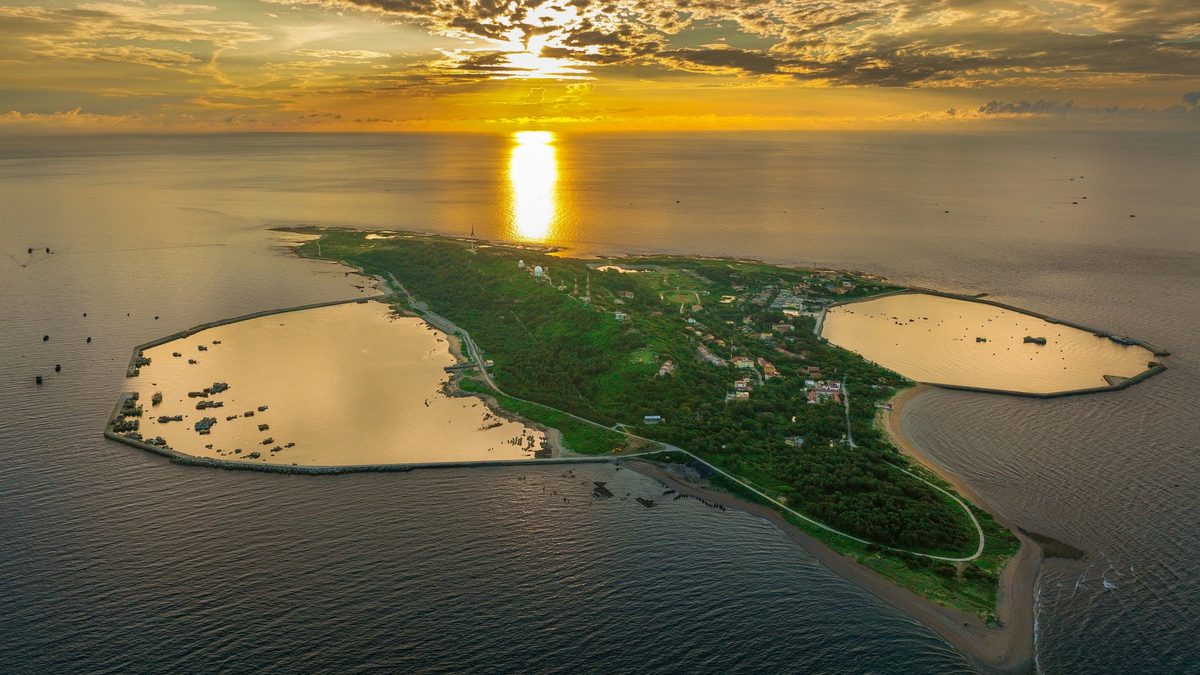
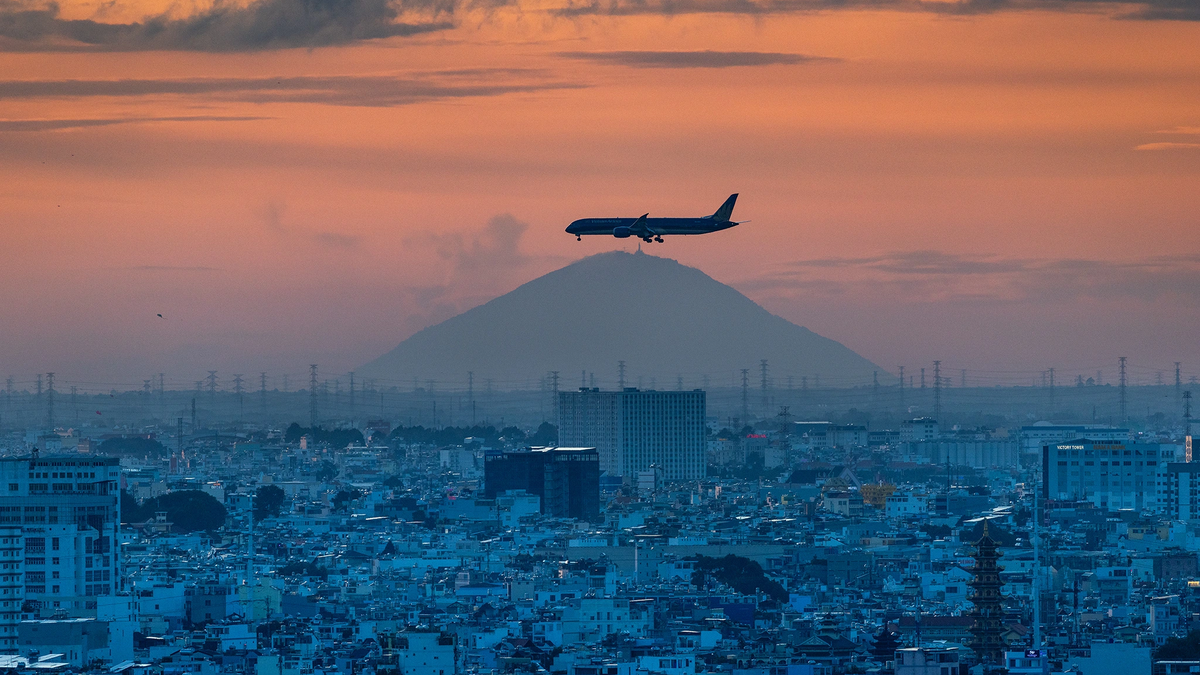
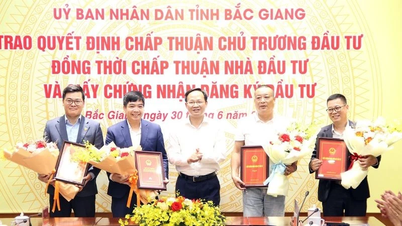

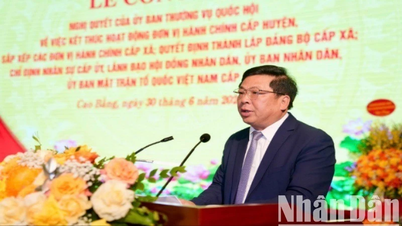
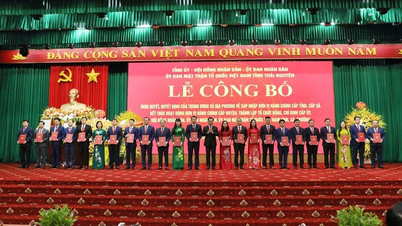
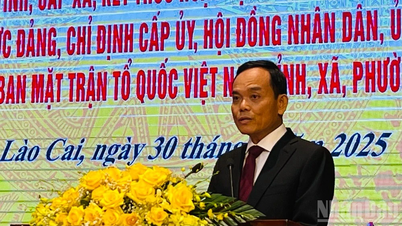
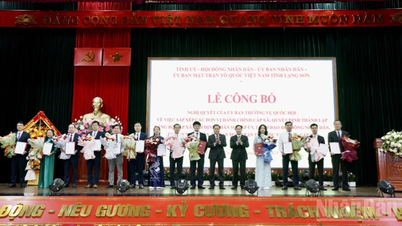
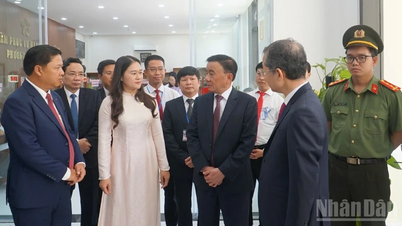

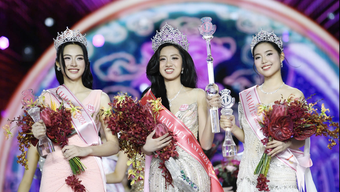


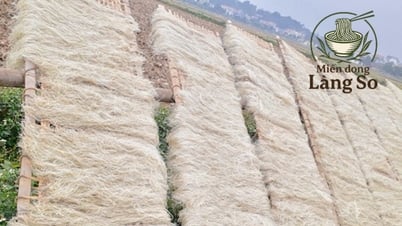
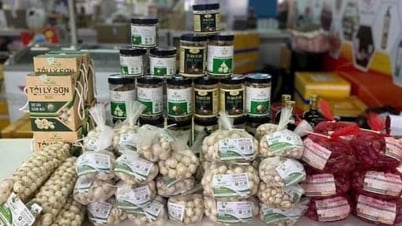
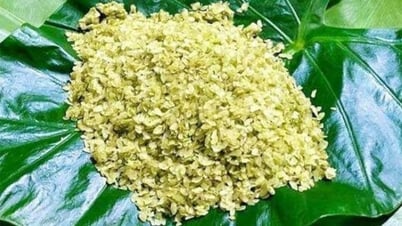
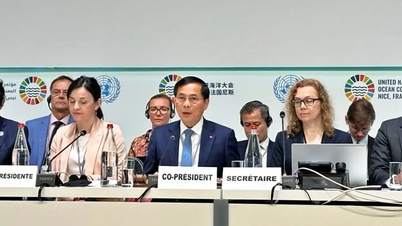

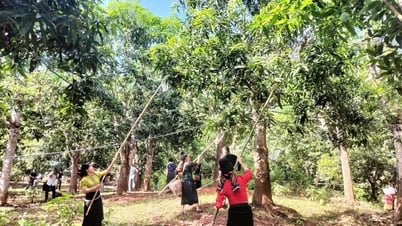
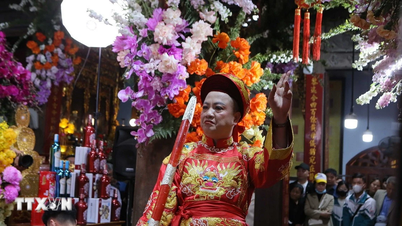

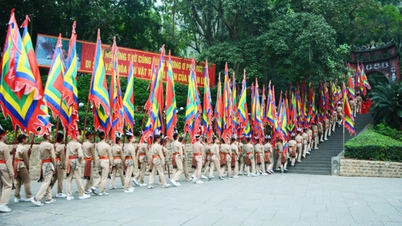

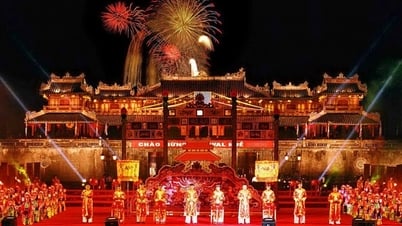


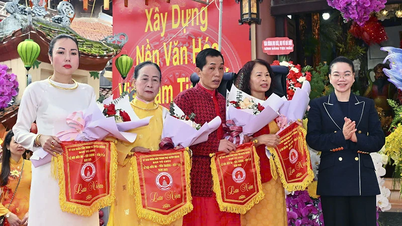
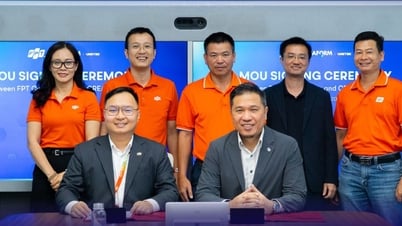

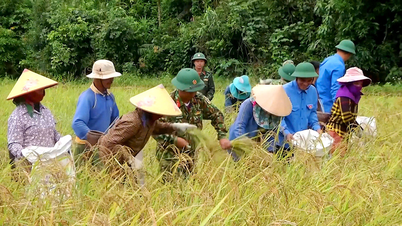
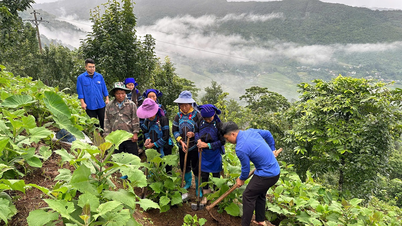

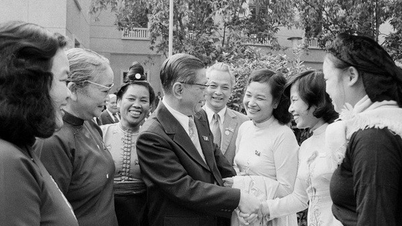
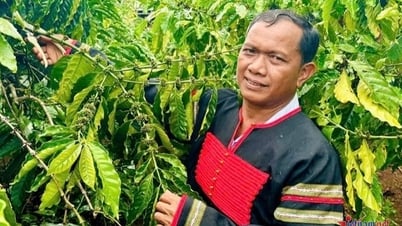

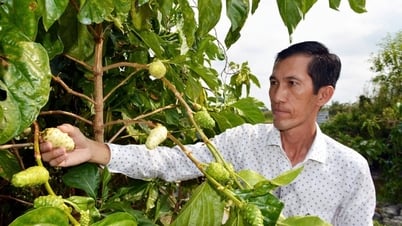

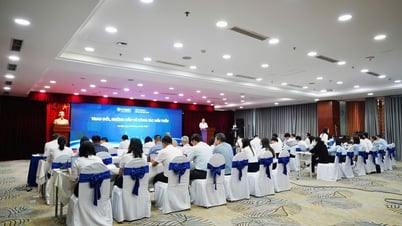

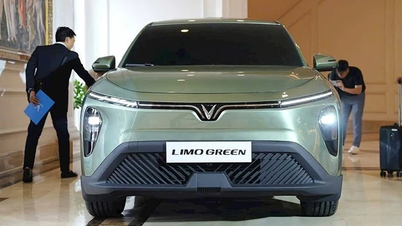


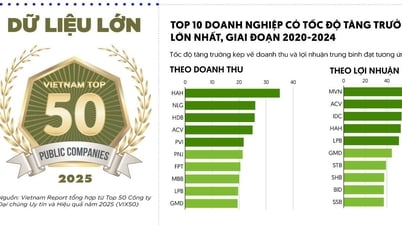


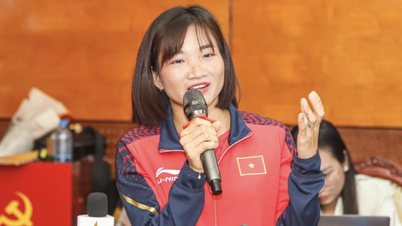

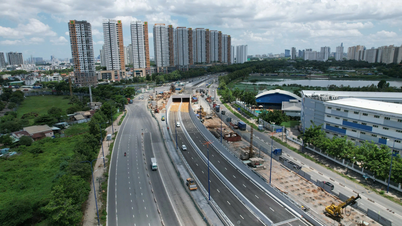
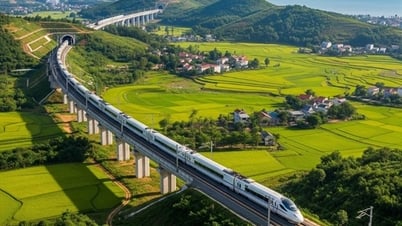
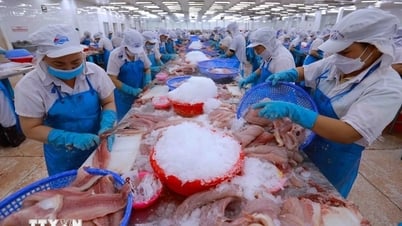



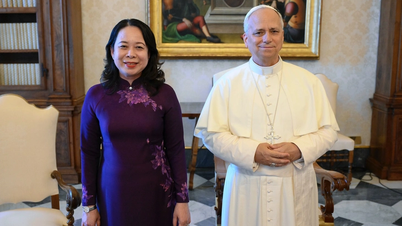

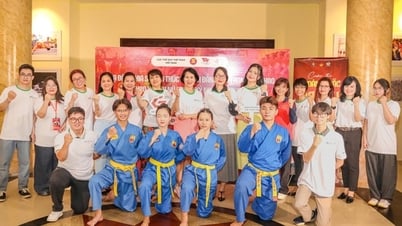

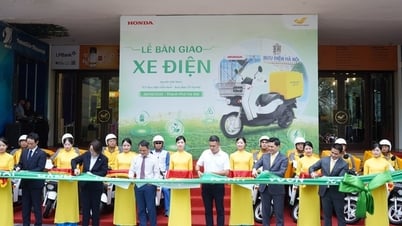

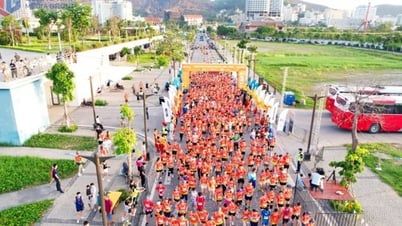
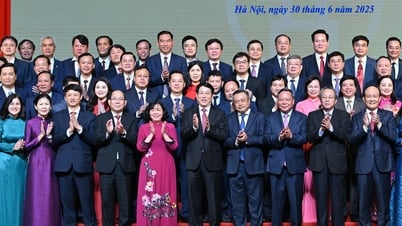
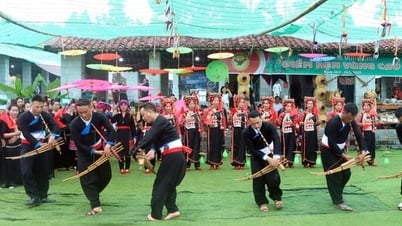
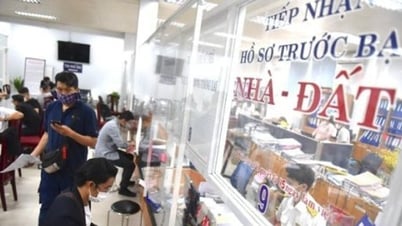

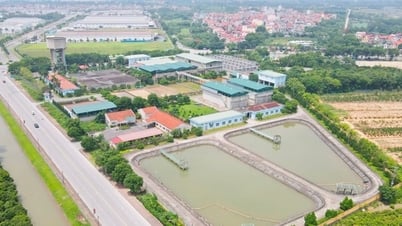
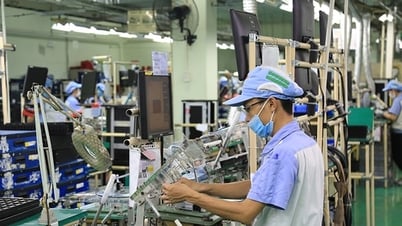
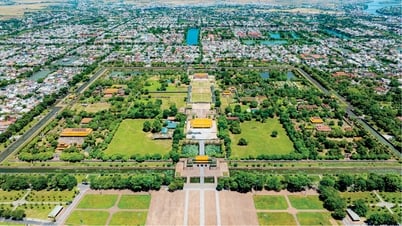

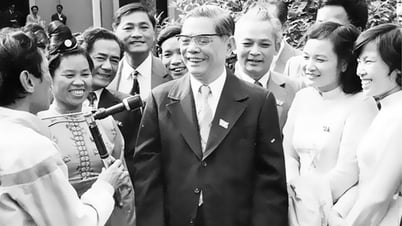
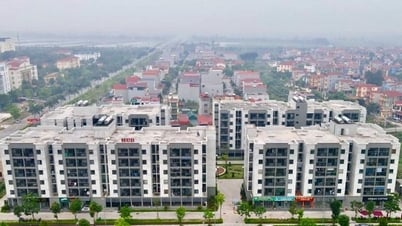
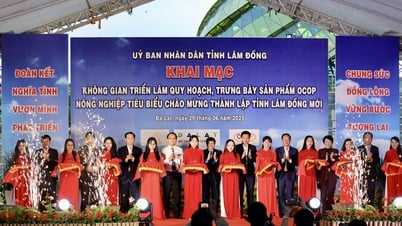



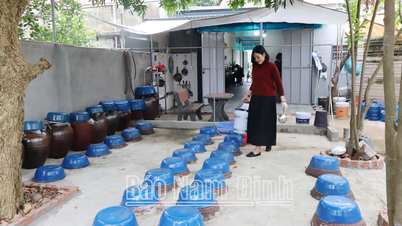

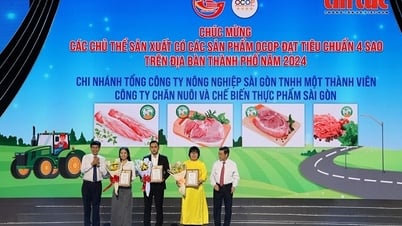

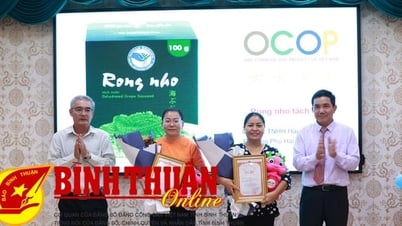

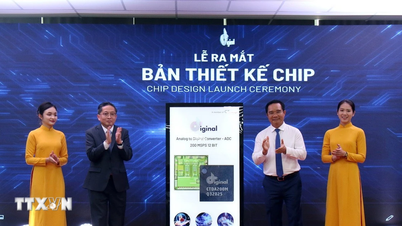

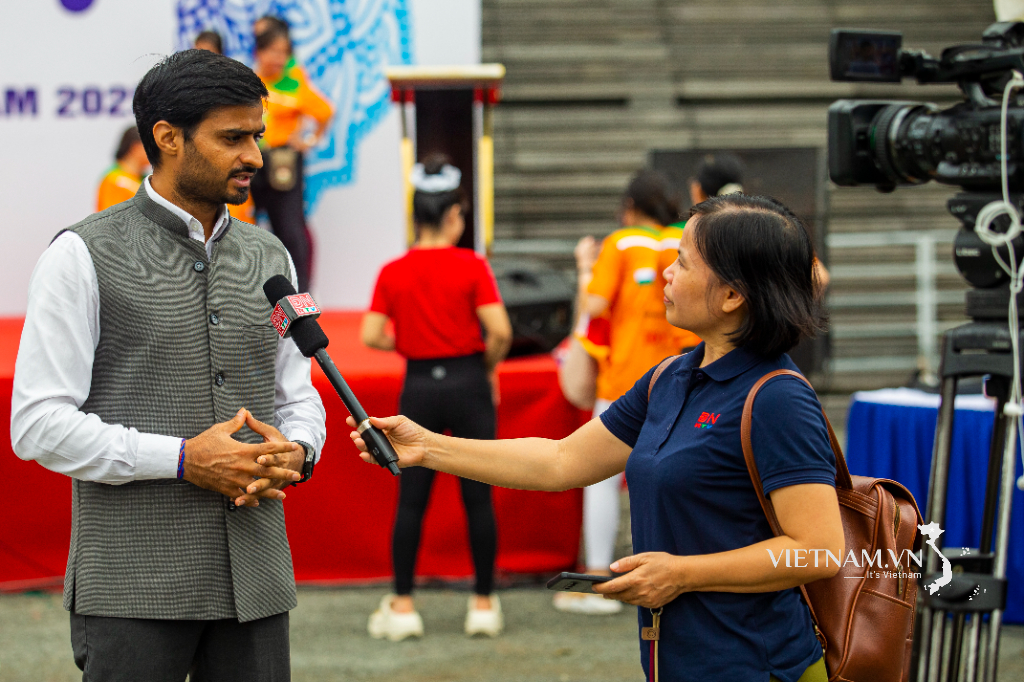
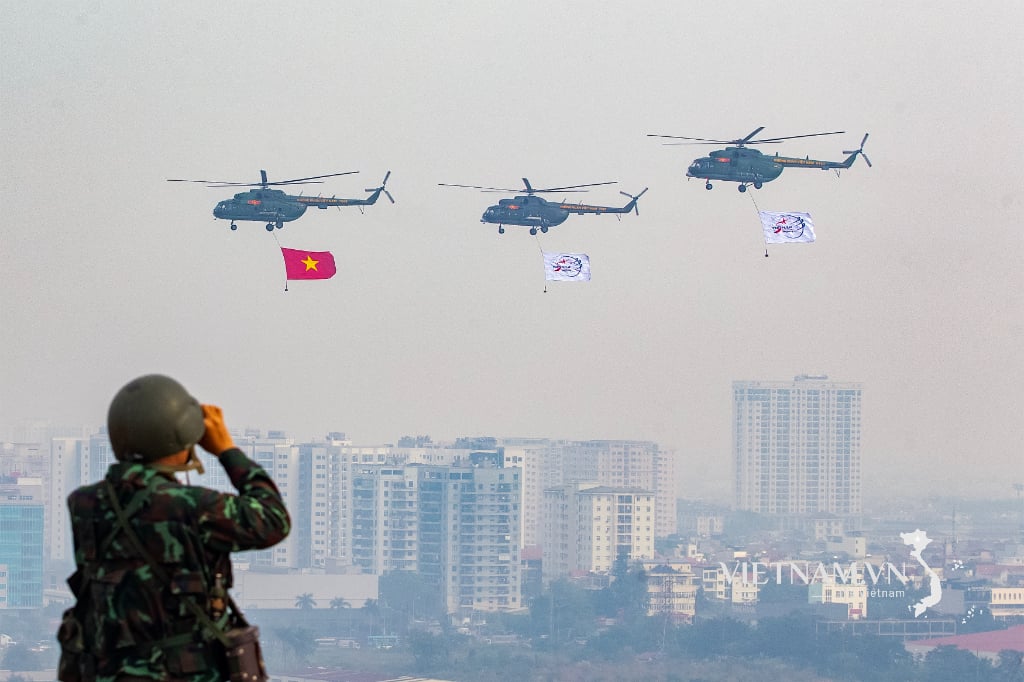
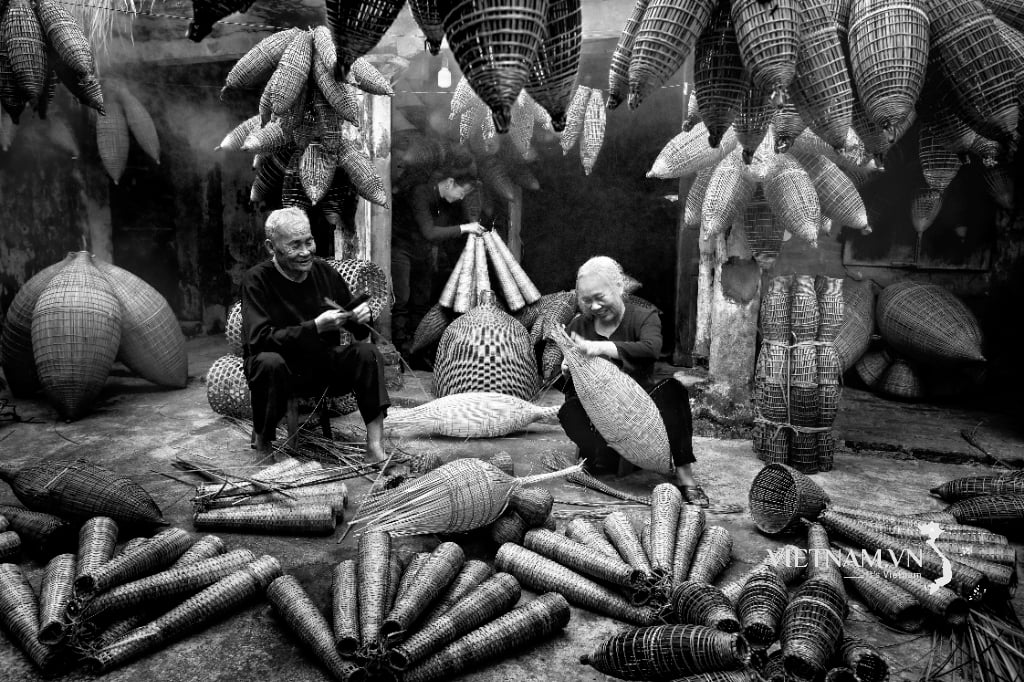
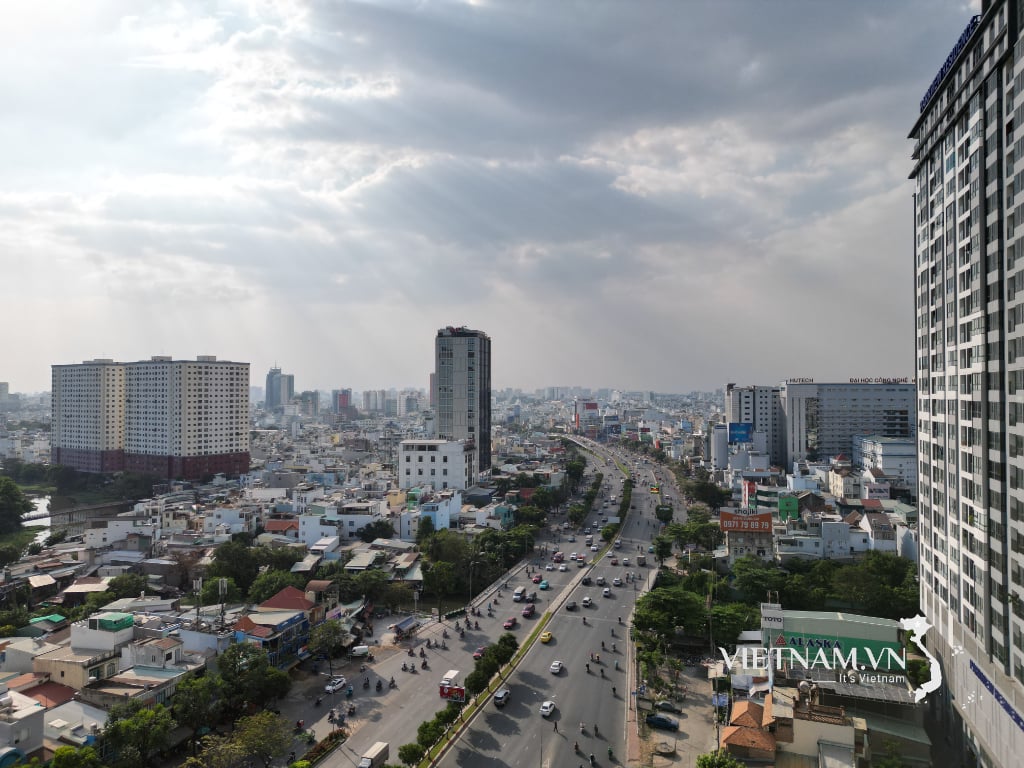
Comment (0)